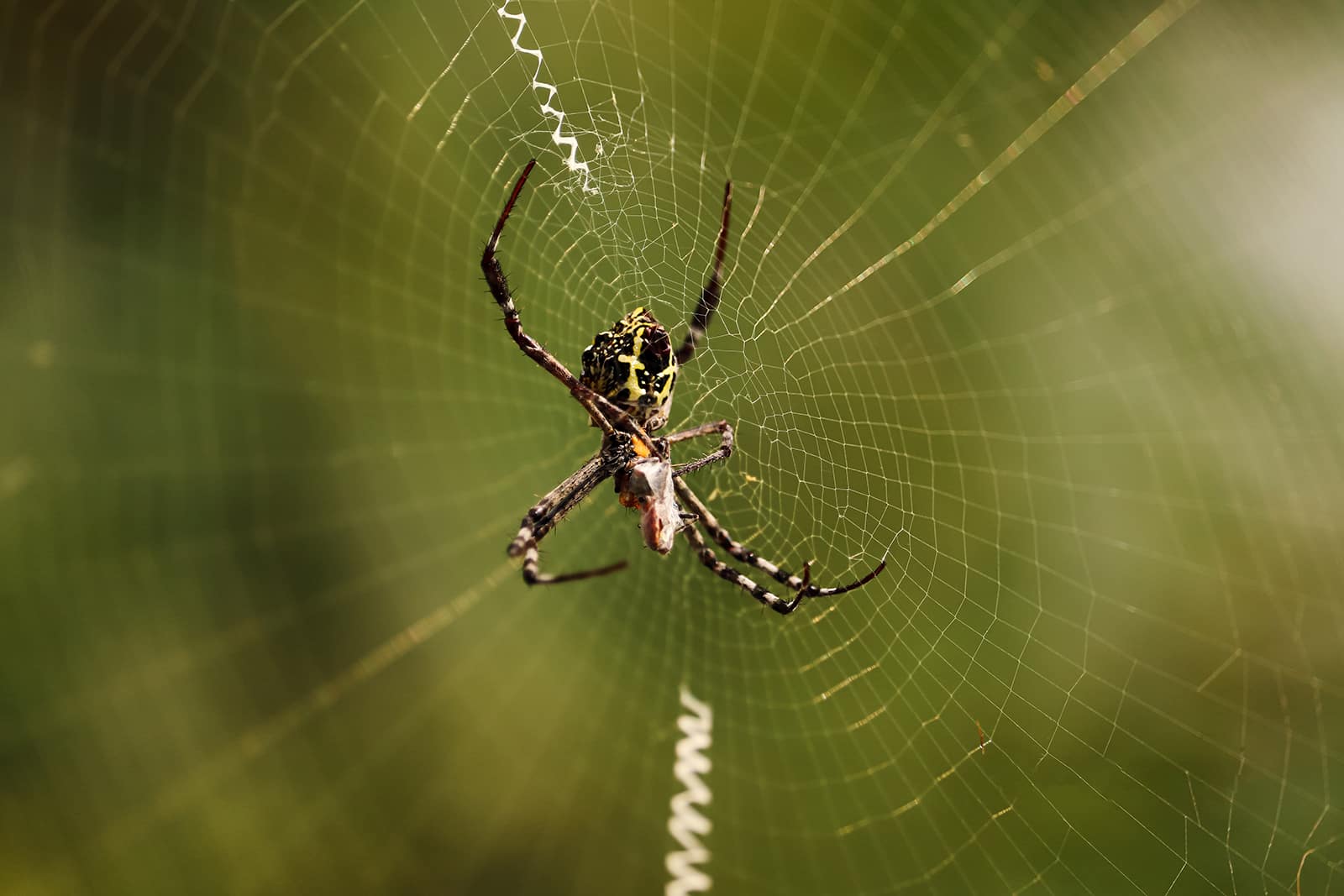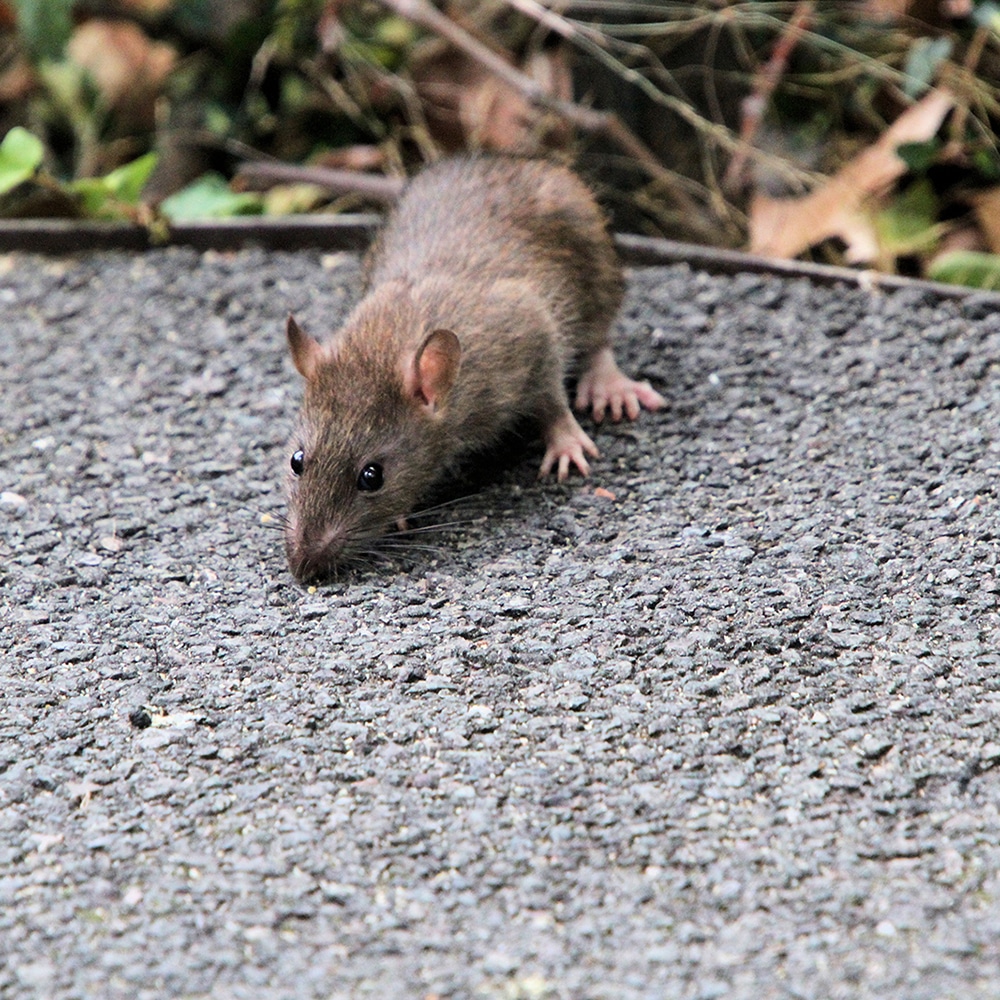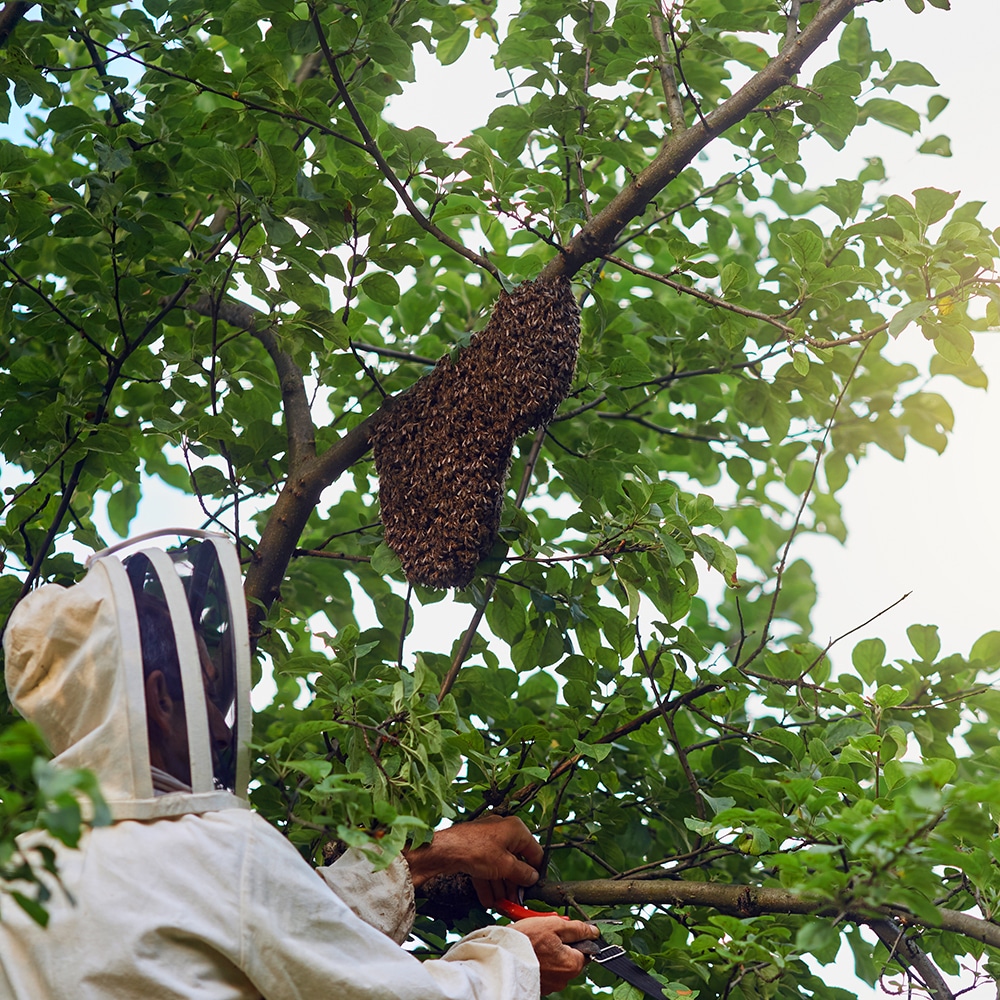
Why Do Spiders Come Back And Why
Why Do Spiders Come Back And Why On The Central Coast NSW. Responsive Proactive Solutions. Detail-focused for lasting results. Call Adam on 0431 222 894
Understanding rodent habits is key to controlling infestations. “Rodent Habits How Rats and Mice Thrive in Homes” sheds light on these pesky invaders. For those in Central Coast NSW, Vital Pest Control offers reliable solutions.
Common Nesting Areas
Rats and mice prefer hidden spots to nest. Basements, attics, and wall cavities provide ideal shelters. Identifying these areas helps in targeting infestations effectively.
Food Preferences
Rodents are not fussy eaters. They thrive on cereals and grains but won’t shy away from crumbs. Keeping food sealed and areas clean deters them.
Nocturnal Behaviours
Rats and mice are nocturnal. They venture out at night. Listening for scratching sounds can alert you to their presence.
Breeding Cycles
Rodents breed rapidly. Mice can produce litters every few weeks. Regular inspections help in managing their numbers.
Gnawing Damage
Rats and mice gnaw constantly. They damage wires, furniture, and structures. Inspect for gnaw marks to assess infestation severity.
Disease Transmission
Rodents spread diseases through droppings and urine. Protect your health by keeping spaces clean and seeking professional pest control.
Identifying Droppings
Rodent droppings are small and dark. They indicate active infestations. Recognising these signs assists in timely pest interventions.
Rodent Footprints
Rodents leave tracks in dusty areas. Use flour or talcum powder to reveal their paths. This method helps in locating entry points.
Discover how we can help you today! Contact

Nesting areas for rodents on the Central Coast NSW are crucial to understand for effective pest control. These pesky invaders can wreak havoc in homes, posing health risks and causing structural damage. Identifying where rats and mice commonly nest can help in implementing targeted control strategies.
Roof Voids and Attics
Roof voids and attics provide excellent nesting spots for rodents. They offer seclusion, warmth, and easy access to food sources, making them prime real estate for rats and mice. Homeowners often overlook these areas, allowing infestations to grow undetected. Regular inspections can prevent these pests from establishing colonies overhead.
Wall Cavities
Wall cavities are another favourite nesting area for rodents. These spaces offer protection and are often filled with insulation, providing both comfort and concealment. Mice and rats can squeeze through small gaps, making it crucial to seal potential entry points. Addressing wall cavity infestations early can prevent further damage to wiring and structural components.
Basements and Garages
Basements and garages often serve as nesting grounds for rodents due to their dark and cluttered nature. These areas offer easy access to stored items and food supplies, making them inviting for hungry pests. Keeping basements and garages organised and clutter-free can discourage rodents from settling in.
Understanding the food preferences of rodents is vital for effective pest control on the Central Coast, NSW. Rats and mice are resourceful creatures that thrive in homes by exploiting available food sources. Their eating habits significantly influence their survival and reproduction, making it crucial for homeowners to be aware of what attracts these pests.
Common Food Sources
Rats and mice have a diverse palate, often foraging for grains, fruits, and vegetables. They are also drawn to food scraps and poorly stored pantry items. In homes, they target cereals, bread, and even pet food. Keeping these items sealed and stored correctly can help deter these rodents from infiltrating kitchen spaces.
Attraction to Garbage
Household rubbish is a major attraction for rodents. Overflowing bins or improperly sealed garbage bags provide a plentiful buffet for these pests. Regularly disposing of waste and ensuring bins have tight-fitting lids can minimise the allure of garbage to rats and mice. This simple step plays a significant role in pest prevention.
Water Sources
Aside from food, access to water enhances rodent survival. Leaky pipes, pet water bowls, and outdoor puddles offer hydration opportunities. Repairing leaks and limiting standing water can make your home less inviting to these unwelcome guests. Addressing water sources is as crucial as managing food availability.
Rats and mice thrive in homes on the Central Coast, NSW, often exhibiting fascinating nocturnal behaviours. These pests are most active at night, taking advantage of the quiet and darkness to search for food and water. Understanding their nocturnal habits is key to effective pest control.
Night-time Foraging
Rats and mice venture out under the cover of darkness to forage for food. They are opportunistic feeders, scavenging through kitchens, pantries, and rubbish bins. Their keen sense of smell guides them to food sources, making homes with accessible leftovers a prime target. This nocturnal activity not only disturbs sleep but can lead to significant food contamination.
Silent Nest Building
During the night, rodents are busy constructing nests. They gather materials like paper, fabric, and insulation to build cosy homes within walls or attics. Nesting close to food sources ensures easy access for nursing mothers. This behaviour can cause structural damage and increase fire risks due to gnawed wires.
Stealthy Movement
Rats and mice are adept at moving silently through homes. Their nocturnal exploration often involves squeezing through small gaps and climbing walls. This stealthy behaviour enables them to evade detection while they seek out new food supplies or potential nesting sites. Recognising these patterns is crucial for effective rodent management.
Understanding the breeding cycles of rodents is crucial for effective pest control on the Central Coast of NSW. These animals thrive in homes when conditions are favourable, making it vital to disrupt their breeding patterns to prevent infestation.
Breeding Patterns of Rats
Rats typically breed all year round, with peaks in spring and autumn. A single female can produce up to six litters annually, each containing up to twelve young. With a gestation period of just three weeks, populations can rapidly escalate if unchecked. By recognising these patterns, pest control strategies can be timed to target periods of increased activity, reducing the likelihood of a burgeoning infestation.
Mouse Reproduction Dynamics
Mice, much like rats, can reproduce throughout the year. They are prolific breeders, capable of having up to ten litters annually. Each litter may have up to six offspring. Mice reach sexual maturity quickly, often within two months, allowing populations to multiply swiftly. Effective pest management should focus on early detection and intervention to prevent mice from establishing large colonies in homes.
Impact of Environmental Conditions
The Central Coast’s mild climate supports continuous breeding cycles for rodents. Warm and humid conditions provide ideal settings for their reproduction. Homes with abundant food supply and shelter further encourage these cycles. Targeting these environmental factors can significantly hinder rodent breeding, providing a more controlled approach to pest management.
Rats and mice are not just pesky intruders; they’re destructive creatures, especially when it comes to gnawing. On the Central Coast NSW, homeowners often face the havoc these rodents wreak. Understanding their gnawing habits can be crucial for effective pest control.
Understanding Gnawing Behaviour
Rats and mice gnaw incessantly to keep their teeth in check. Their teeth grow continuously, and gnawing helps file them down. This behaviour leads them to chew on various materials, including wood, plastic, and even electrical wires. Such actions can cause significant damage, affecting structural integrity and increasing fire risks.
Common Targets of Rodent Gnawing
Rodents are not picky when it comes to gnawing. Wooden beams in attics, plastic pipes, and even insulation materials can become their targets. This gnawing can compromise the safety and efficiency of homes. Moreover, chewed wires can lead to electrical faults, posing serious hazards.
Preventive Measures
Protecting your home involves sealing entry points and using rodent-proof materials. Ensuring that food sources are not accessible can deter these pests. Regular inspections by pest control experts can identify early signs of gnawing, allowing for timely interventions. With Vital Pest Control, safeguarding your home from rodent damage is achievable and essential.
Rats and mice are more than just a nuisance in homes. These crafty critters can carry a range of diseases that pose serious health risks to residents. Understanding how disease transmission occurs is crucial for effective pest control, especially in regions like the Central Coast of NSW where rodent activity is common.
Pathways of Transmission
Rodents spread diseases through various means, including direct and indirect contact. Direct contact involves touching or handling rats or their droppings, urine, or nesting materials. Indirect transmission occurs when these pests contaminate food or surfaces, leading to illness when humans come into contact with them.
Common Diseases Linked to Rodents
On the Central Coast, diseases such as leptospirosis, hantavirus, and salmonella are linked to rodent activity. Leptospirosis spreads through contact with water or food contaminated by rodent urine. Hantavirus, although rare, can be severe, transmitting through inhalation of dust contaminated with rodent droppings. Salmonella often results from consuming food tainted by rodent faeces.
Preventive Measures
Vital Pest Control recommends several preventive measures to limit rodent-related diseases. Sealing entry points, maintaining cleanliness, and proper food storage are key steps. Regular inspections and professional pest control services are essential to ensure a rodent-free environment, safeguarding your home and health effectively.
Identifying droppings is crucial for effective pest control on the Central Coast NSW. Rats and mice leave behind tell-tale signs, and knowing what to look for can help you manage infestations swiftly. These signs not only indicate the presence of rodents but also provide clues about their numbers and habits.
Recognising Rodent Droppings
Mouse droppings are typically small and smooth, about the size of a grain of rice. They are usually black or dark brown. Rat droppings, on the other hand, are larger and often have a more cylindrical shape. Knowing the difference helps determine whether you are dealing with mice or rats, guiding your control efforts effectively.
Spotting Patterns and Locations
Droppings often appear near food sources or nesting areas. In kitchens, look behind appliances or in cupboards. In garages or basements, check along walls or in corners. Noticing where droppings accumulate can help you understand rodent travel paths, allowing you to place traps or bait more strategically for better results.
Understanding Health Risks
Rodent droppings pose health risks, including diseases like Hantavirus and Salmonella. Prompt identification and cleanup are essential. Always wear gloves, use disinfectant, and ensure thorough cleaning to reduce exposure. Taking these precautions protects your household while you address the pest problem.
Rodent footprints can reveal a lot about their presence and activity in your home. On the Central Coast of NSW, understanding these tiny tracks can be crucial for effective pest control. Recognising rodent footprints helps in identifying the type of rodent and their movement patterns, aiding in strategic pest management.
Identifying Rat and Mouse Footprints
Rats and mice leave distinctive tracks that can be used to differentiate between them. Rat footprints are typically larger, with visible toe and heel prints. Mice, however, have smaller footprints with less defined toe marks. Observing these tracks can help pinpoint the type of rodent infesting your home.
Tracking Patterns and Behaviour
Rodents often travel along the same paths, creating visible trackways over time. These paths can indicate high-traffic areas where they frequently visit in search of food or shelter. Understanding these patterns assists in placing traps or bait stations effectively, enhancing pest control efforts.
Footprints as Indicators of Infestation Level
The number and frequency of footprints can also provide insight into the severity of an infestation. A large number of tracks might suggest a significant rodent problem that requires immediate attention. Early detection through footprint analysis can prevent extensive damage and health risks associated with rodent infestations.
Understanding where rodents hide can help with vital pest control on the Central Coast, NSW. These crafty creatures choose spots that are often overlooked by homeowners, making it crucial to know their favourite hiding places. By identifying these areas, you can take proactive measures to protect your home from infestations.
Behind Kitchen Appliances
Rats and mice are notorious for sneaking behind kitchen appliances like ovens and refrigerators. These spots provide warmth and easy access to food crumbs. The dark, compact spaces make it easy for rodents to move undetected. Regularly clean and inspect these areas to discourage their presence.
Inside Wall Cavities
Wall cavities are another popular hideout for rodents. The spaces between your walls offer safety and quiet, ideal for nesting. Rodents can enter through small cracks or gaps, making it important to seal any openings. Listen for scratching sounds in your walls, a telltale sign of rodent activity.
In Attics and Basements
Attics and basements are prime locations for rodents seeking refuge. These areas often go undisturbed, providing ample space for nesting. Clutter and stored items offer perfect hiding spots. Regularly check these areas, removing unnecessary items and sealing entry points to prevent rodent habitation.
Rats and mice find homes on the Central Coast NSW incredibly inviting, especially when they can exploit unnoticed entry points. Understanding these typical access routes is crucial for effective pest control, helping residents safeguard their properties against these persistent invaders.
Gaps and Cracks
Rats and mice can squeeze through surprisingly small gaps and cracks. These openings often appear around doors, windows, and foundations. Older homes, in particular, may have structural wear that rodents exploit. Sealing these gaps with caulk or steel wool can deter entry.
Openings Around Pipes
Pipes entering the home often leave small spaces that rodents find irresistible. These gaps provide a direct pathway from the outside, especially in kitchens and bathrooms where food and water are close by. Using wire mesh or expanding foam can block these routes effectively.
Roof and Vents
Rodents are excellent climbers, making roofs and vents common entry points. Overhanging branches or climbing plants offer easy access. Regular trimming and installing vent covers can prevent rodents from entering these elevated areas.
Garages and Sheds
Garages and sheds often have gaps under doors or around windows. These areas provide shelter and easy access to the main house. Ensuring doors fit snugly and using weather stripping can limit rodent access to these structures.
The Central Coast of NSW experiences a variety of seasons, each impacting rodent behaviour differently. Understanding these seasonal patterns is vital for effective pest control. As temperatures shift, rodents like rats and mice adapt, often seeking shelter and food within homes.
Spring Awakening
During spring, rodents become more active as they search for food and mates. Nesting activity increases, leading to larger infestations if left unchecked. This season often sees a spike in rodent sightings as they venture out of hiding spots. Homeowners should be vigilant, sealing entry points and removing potential food sources to deter these pests.
Summer Surges
In summer, the warm climate encourages rodents to forage more actively, often leading them into homes in search of cooler environments. The abundance of food in gardens and rubbish bins attracts these pests. Regular inspections and maintenance of outdoor areas can help reduce the appeal of your property to rodents during these months.
Autumn Preparations
As autumn arrives, rodents begin preparing for the colder months ahead. They stockpile food and seek warmer nesting sites, frequently choosing homes as ideal locations. This period is crucial for implementing preventative measures such as traps and barriers to keep them at bay.
Winter Shelter
In winter, rodents look for warmth, making homes particularly attractive. They tend to settle in attics, basements, and walls. Regular monitoring and professional pest control services during this season can effectively manage rodent populations before they establish a long-term presence in your home.
Pets add joy to our lives, but their interaction with rodents can complicate pest control efforts. On the Central Coast NSW, understanding these interactions is crucial for maintaining a safe home environment. Mice and rats are crafty creatures, often adapting quickly to the presence of pets, which is why effective pest control strategies must consider these dynamics.
Pet Behaviour and Rodent Attraction
Pets, especially dogs and cats, are naturally curious, their noses often leading them to potential rodent hotspots. However, pet food and bowls can inadvertently attract rodents. Rodents are opportunistic feeders, drawn to the scent of leftovers. It’s important to clean up after feeding pets to minimise this attraction. Keeping pet areas tidy can deter rodents from making themselves at home.
Rodent Habitats and Pet Safety
Rats and mice tend to seek shelter in secluded areas, which can sometimes overlap with pet sleeping or play areas. Pet owners should regularly check such spaces for signs of rodent activity, like droppings or gnaw marks. Ensuring these areas are rodent-free not only protects pets but also limits rodent expansion in the home.
Pest Control Solutions
Professional pest control services can provide tailored solutions that consider both rodent habits and pet safety. By using pet-safe traps and deterrents, professionals help maintain a healthy balance in your home. For residents on the Central Coast NSW, consulting experts ensures that both pets and humans coexist peacefully with minimal rodent interference.
Insulation plays a crucial role in maintaining the comfort of homes on the Central Coast, NSW. However, the presence of rodents can significantly impact its effectiveness. Rats and mice often find their way into insulation, causing damage that may lead to increased energy costs and compromised indoor environments.
How Rodents Affect Insulation
Rodents, especially rats and mice, are notorious for chewing through various materials, and insulation is no exception. They burrow into insulation to create nests, tearing it apart and leaving gaps. These gaps can reduce the insulation’s ability to retain heat or cool air, leading to a less energy-efficient home. Over time, this can result in higher utility bills and uncomfortable living conditions.
Health Risks from Contaminated Insulation
Beyond physical damage, rodents can contaminate insulation with their droppings and urine. This contamination can pose health risks to residents as it may lead to unpleasant odours and potential allergen exposure. In more severe cases, it can contribute to respiratory issues, particularly for individuals with pre-existing conditions. Ensuring proper pest control measures can help mitigate these risks.
Preventing Rodent Damage
Implementing effective pest control strategies is vital for protecting insulation from rodent damage. Regular inspections by professional pest control services on the Central Coast can identify early signs of rodent activity. Sealing entry points and using rodent-resistant materials can also help preserve the integrity of insulation, ensuring a comfortable and healthy home environment.
Odour issues are often the first sign of a rodent infestation in homes on the Central Coast NSW. These unwanted guests can create a lingering stench that’s hard to ignore. Understanding the source of these odours can help in tackling the problem effectively.
The Source of Rodent Odours
Rodents like rats and mice produce strong smells due to their urine and droppings. These pests mark their territory with urine, which has a pungent, ammonia-like smell. Over time, these odours intensify, signalling their presence. In addition, their droppings contribute to the overall unpleasant smell, making it crucial to address infestations promptly.
Impact in Home Environment
The odours from rodents do more than just offend the senses; they can affect the quality of air in your home. Persistent smells might lead to potential health concerns, especially for those with respiratory issues or allergies. The presence of rodents can also attract other pests, worsening the situation.
Effective Odour Management
Addressing odour issues begins with effective pest control. Vital Pest Control on the Central Coast NSW offers comprehensive services to eliminate rodents and the smells they bring. Regular inspections and prompt action can significantly reduce the chances of infestations. Additionally, maintaining cleanliness and proper waste management can prevent rodents from thriving in your home.
Detecting rodents early is crucial for effective pest control on the Central Coast, NSW. Homeowners can save time and resources by acting quickly to prevent infestations. Rats and mice often leave behind signs that can alert you to their presence. Understanding these indicators helps in taking timely action to protect your home from these unwanted guests.
Unusual Noises
Rodents are nocturnal creatures, often active when the house is quiet at night. Listen for scratching or scurrying sounds in walls, ceilings, and under floors. These noises suggest movement and nesting activities, indicating a likely infestation. Regularly checking for such sounds can help in early detection.
Droppings and Urine Trails
Rats and mice leave droppings near food sources, under sinks, and in hidden corners. Their droppings are small, dark, and pellet-shaped. Urine trails often accompany droppings and can be detected by a musky odour. Finding these signs suggests a rodent presence, urging immediate action.
Gnaw Marks
Rodents need to gnaw continuously to keep their teeth sharp. Look for bite marks on furniture, wires, and food packaging. Such damage is a clear sign of rodent activity. Addressing these signs promptly can prevent further destruction and potential fire hazards from chewed wires.
Nesting Materials
Rats and mice use shredded paper, fabric, and plant materials to build nests. Discovering these materials in secluded areas of your home can indicate nesting activity. Regular inspections of storage areas, attics, and basements can reveal these nests, allowing for swift intervention.
Please leave your details in the form and we will call you back the same day.
So that we can process your enquire efficiently please leave as many details as possible and upload any relevant images. (.jpg and .png format)

Why Do Spiders Come Back And Why On The Central Coast NSW. Responsive Proactive Solutions. Detail-focused for lasting results. Call Adam on 0431 222 894

Building a Long Term Residential Pest Protection Plan For Home Owners On The Central Coast NSW. Responsive Proactive Solutions. Detail-focused for lasting results. Call Adam on 0431 222 894

How to Protect Your Home from Wasp Infestations On The Central Coast NSW. Responsive Proactive Solutions. Detail-focused for lasting results. Call Adam on 0431 222 894